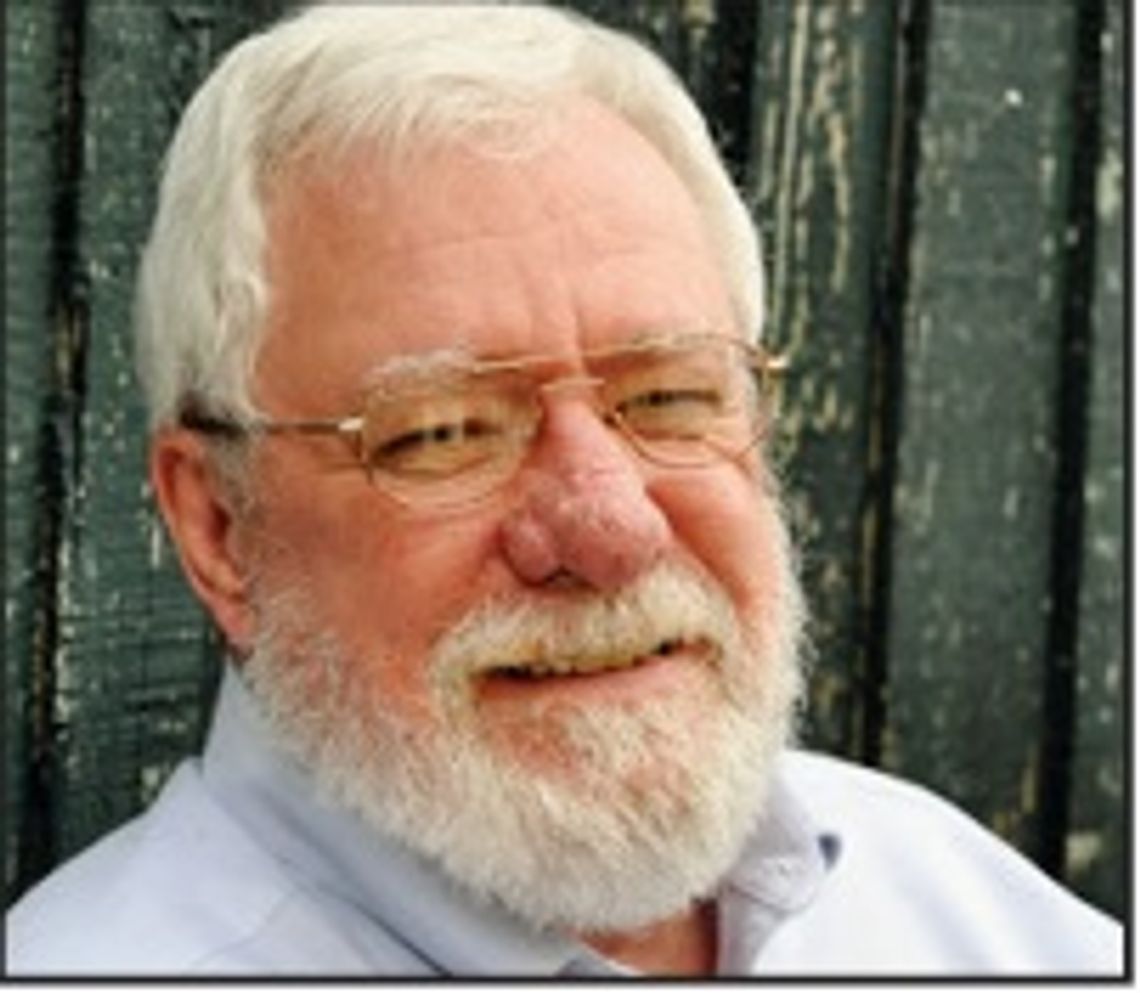Shot through screen door sealed killer’s fate
No roads led to Cameron in the 1920s, but that didn’t keep crowds of people from gathering there for the trial of the man newspapers called “the pivotal figure in the worst crime ever committed in Cameron Parish.”
Ned Harvey was accused of killing Archie A. Byrd and John Springer at a trapper’s camp at Johnsons Bayou on New Year’s Day 1925. Harvey was a trapper who lived in Orange, Texas. The victims were fur buyers for the Brown-Rosenthal Fur Company of New York, which leased thousands of marshy acres in coastal Louisiana.
Harvey, who was described as a hot-tempered, quarrelsome man, stayed in a company shack near Sabine Lake during trapping season. He was one of several men who were assigned sections of land to run their traps, but he didn’t like the section he was given. On the day of the murders, he complained so violently when a certain plot was given to another trapper that Springer fired him and told him to get off the company land.
Harvey left, but only long enough to get his shotgun and come back to the house where Byrd and Springer were eating supper. Harvey fired his first shot through the screen door, killing Byrd, then went inside and shot Springer.
He fled across the Sabine to Orange, where he eventually surrendered to the sheriff and was taken to the jail in Lake Charles.
Harvey’s trial in early February 1925 in Judge Thomas Porter’s court in Cameron began on February 11, 1925, and lasted a week. It is said to have attracted the biggest crowd Cameron had ever seen. Passage on the steamer Borealis Rex that ran between Lake Charles and Cameron was sold out weeks in advance, and a steady stream of other boats brought the curious down the Calcasieu River to the little town of 1,200 people.
Since the town was “isolated from the rest of the world by the lack of every means of communication except boats, “the Lake Charles American Press chartered an airplane to ferry trial reporterxs to its newsroom several times each day.
Harvey pleaded selfdefense. He claimed he was attacked by Byrd with a pocketknife and that Springer had reached for a pistol. The jury didn’t believe him. He was found guilty and sentenced to hang. Harvey’s lawyers, A. R. Mitchell and Paul Sompayrac, appealed first to the Louisiana Supreme Court and eventually took the case to the U.S. Supreme Courts. The courts agreed with the Cameron jury that self-defense was implausible.
In denying the appeal, Chief Justice Charles O’Neil of the Louisiana court wrote, “The physical facts …. clearly show that [the] defendant was the aggressor,” particularly the fact that “he fired the first shot through the screen door, from the outside, while both the deceased were eating supper at a table.”
Harvey languished in the Lake Charles jail during the two years of appeals, but finally his execution was set February 25, 1927.
Once again, the Borealis Rex was booked to capacity, and officers had to charter a boat to bring Harvey back to Cameron, where Sheriff John Miller had put up a gallows outside the courthouse.
Rev. R. H. Wynn of Lake Charles accompanied Harvey, who was described as so “pale and limp” that he had to be helped up the steps. The execution went quickly.
In the words of the New Orleans Picayune, “called to meet an account long overdue … the slayer of a fellowman … at last adjusted the scales of justice.”
You can contact Jim Bradshaw at [email protected] or P.O. Box 1121, Washington LA 70589.


